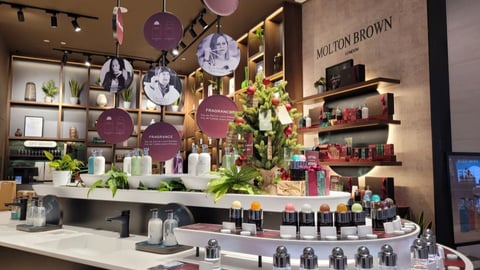Making Your Case to Consumers
The last two years have been a rollercoaster ride for the CPG category, and price increases are one of the most recent trends complicating sales and operations.
With price hikes impacting everything from fruit and vegetables to toilet paper and coffee, consumers are faced with a dilemma: Do they pay more to stick with the brands they’ve become accustomed to, or seek alternatives that are cheaper? The choice they make is often dependent on the strength of their relationship with the brand, which is why brands need to focus on fostering continued loyalty with each and every interaction.
Industrywide supply chain delays and higher commodity costs are among the factors contributing to CPG companies raising their prices. These price increases are occurring at a time when consumers are less brand loyal than they have been in years, thanks to changing shopping habits during the pandemic.
According to a survey by McKinsey, 65% of brand loyalty shifts during Covid-19 were due to a customer’s favored products being unavailable. For many consumers, the biggest concern during lockdown was simply accessibility to essential items, and they cared less about purchasing favorite items and more about being able to buy any at all.
That is why this is such a crucial moment for brands: If they’re not able to make the case to the consumer that their product is worth the extra money, they risk the consumer potentially taking their money elsewhere. Acknowledging the current marketplace challenges is important, not least because it establishes a level of transparency between brands and consumers. By being upfront with customers, companies show that they are both understanding and empathetic.
[See also: Sales & Marketing Report 2021]
Marketers also need to rethink how they advertise and who they advertise to. Customer acquisition can often be challenging, and the majority of CPG companies face additional challenges as they are often reliant on third-party providers to track the lion’s share of sales.
It’s also important to acknowledge the rise of DTC brands. Today’s consumer has more choices than ever in almost every category, and venture capital and private equity money is fueling large advertising budgets meant to convert customers from bigger competitors.
With that being said, CPG brands have more opportunities than ever to make meaningful connections with consumers and build relationships. From a media standpoint, there are more channels, partners and platforms to invest in than ever before, and new technologies such as deep learning solutions have provide marketers the ability to close the loop between online advertising and in-store sales while also providing real-time feedback on how campaigns are performing.
The key to both short and long-term success is finding the right channel mix that resonates with your target customers as well as leveraging campaign data to the maximum capacity.
It has been a challenging period for CPG brands, and the end is not in sight. But playing the long game and continuing to build and nurture genuine, long-lasting relationships with consumers is a strong foundation for success. If there’s one thing the pandemic has taught us, it’s that brand loyalty is not guaranteed.
Kristine Munsen is director of advertising development at Cognitiv.




